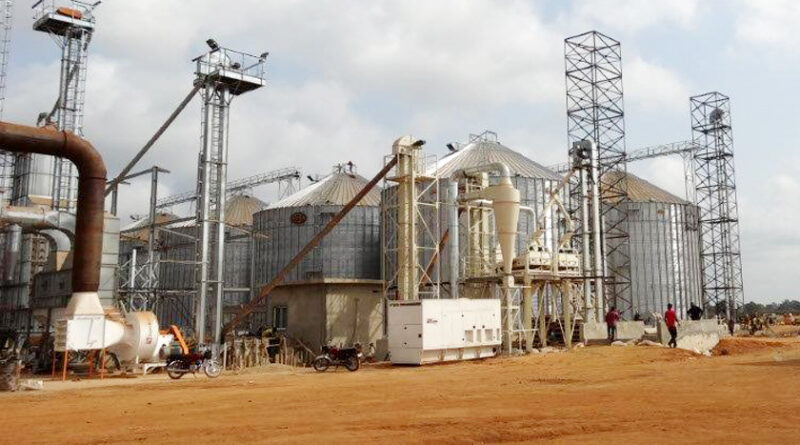Ludhiana(Punjab): Damaged paddy alarms millers, quality norm relaxation awaited
By Rishika Kirti
As the paddy procurement season nears its end, rice millers in Ludhiana have raised alarm over the deteriorating quality of grain arriving at their units. They say a significant portion of the crop is damaged, discoloured, or affected by fungus, which is likely to result in poor quality rice and a lower yield this year.
Millers cautioned that storing such damaged paddy could further compromise both the quality and quantity of rice produced. They warned that the out-turn ratio (OTR), the amount of rice obtained from every 100 kilograms of paddy is likely to fall well below the standard level. The situation, they added, has been aggravated by the Centre’s delay in relaxing quality norms, leaving them uncertain about how to handle the rain-affected crop.
Expressing concern, Janak Raj, a rice miller from Doraha, said, “Due to unseasonal rain in October, most of the paddy arriving in mandis is discoloured and lighter in weight. Milling such grain will result in poor-quality rice and a lower yield. As per FCI norms, we need to produce 67 kilograms of rice from 100 kilograms of paddy, but this year the OTR could fall to around 60 kilograms.”
Echoing the sentiment, Hari Om, a miller from Jagraon, said, “A large portion of the paddy we are receiving is rain-soaked or affected by fungus. The grains are dull and brittle, which lowers the recovery rate and affects the appearance of the final rice. If the Centre does not relax the norms soon, we will struggle to meet quality standards and face heavy losses.”
‘Unseasonal rain caused fungal infections’
Reportedly, the unseasonal rainfall during the harvesting period has severely impacted paddy crops across Ludhiana, leading to lodging, grain discolouration and fungal infections in standing fields.
According to the district agriculture department’s survey, false smut disease has affected nearly 28,045 acres of paddy with an average infection rate of 7.18%, leading to an estimated yield loss of 2.15 quintals per acre. The worst-hit areas include Jagraon (7,000 acres), Pakhowal (5,200 acres), Sidhwan Bet (4,500 acres), and Machoha (3,000 acres).
Similarly, the Rice Black-Streaked Dwarf Virus (RBSDV) has been detected on 1,797 acres, with an infection rate of 9.27% and an estimated yield loss of 2.78 quintals per acre, mainly in Machhiwara and Sahnewal blocks. This virus, spread by plant-hopper insects, stunts plant growth and prevents proper grain formation, resulting in smaller and lighter panicles.
To address the situation, the Punjab government wrote to Union minister of consumer affairs, food and public distribution Pralhad Joshi on October 22, seeking immediate relaxation in the uniform specifications of paddy and rice for the ongoing procurement season. The state cited widespread crop damage and discolouration triggered by unprecedented rainfall in September and October.
The letter noted that central technical teams had inspected paddy samples in Punjab between October 13 and 15, but no response has been received so far.
According to District food supplies controller (Ludhiana West), Sartaj Singh Cheema, the team has collected samples from four Mandis in Ludhiana district where the report in the matter is still to be submitted.
He further stated that by November 7 about 11.76 lakh metric tonnes of paddy had already arrived in Ludhiana mandis around 71% of the expected 16.55 lakh metric tonnes and 11.64 lakh metric tonnes had already been procured. He also noted that further delay in granting relaxation could defeat the purpose of providing relief to farmers and millers and disrupt the quality of rice as per norms.
Meanwhile, millers have urged the Centre to immediately announce relaxation in quality parameters and OTR to ensure smooth procurement and prevent both farmers and processors from suffering losses due to weather-damaged crops.
This article has been republished from The Hindustan Times.

